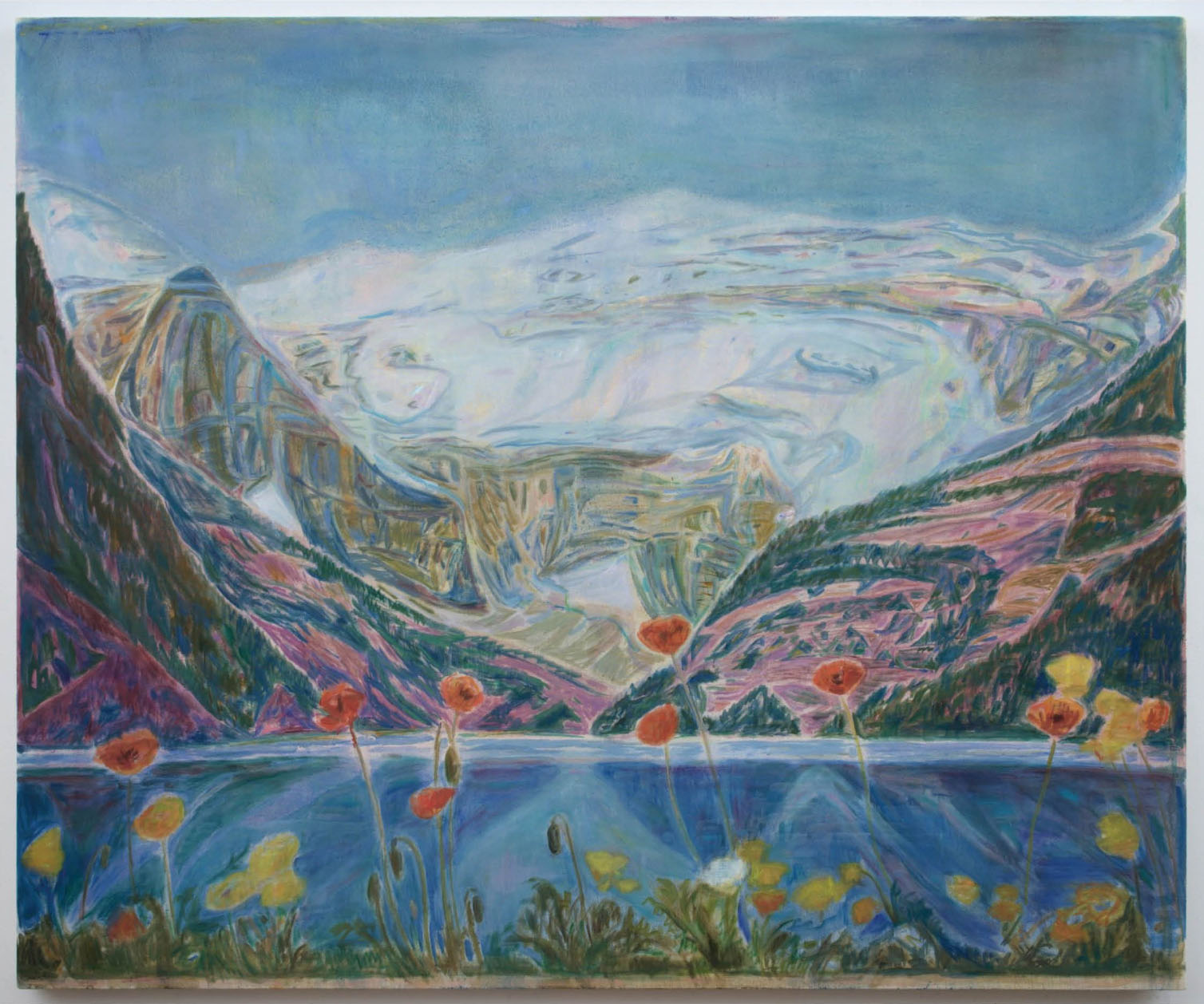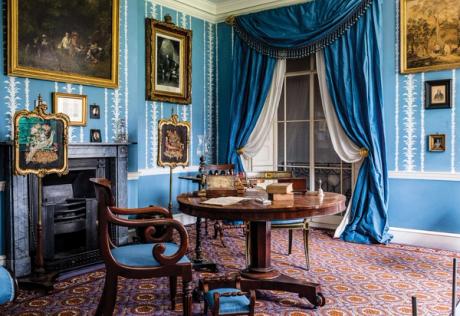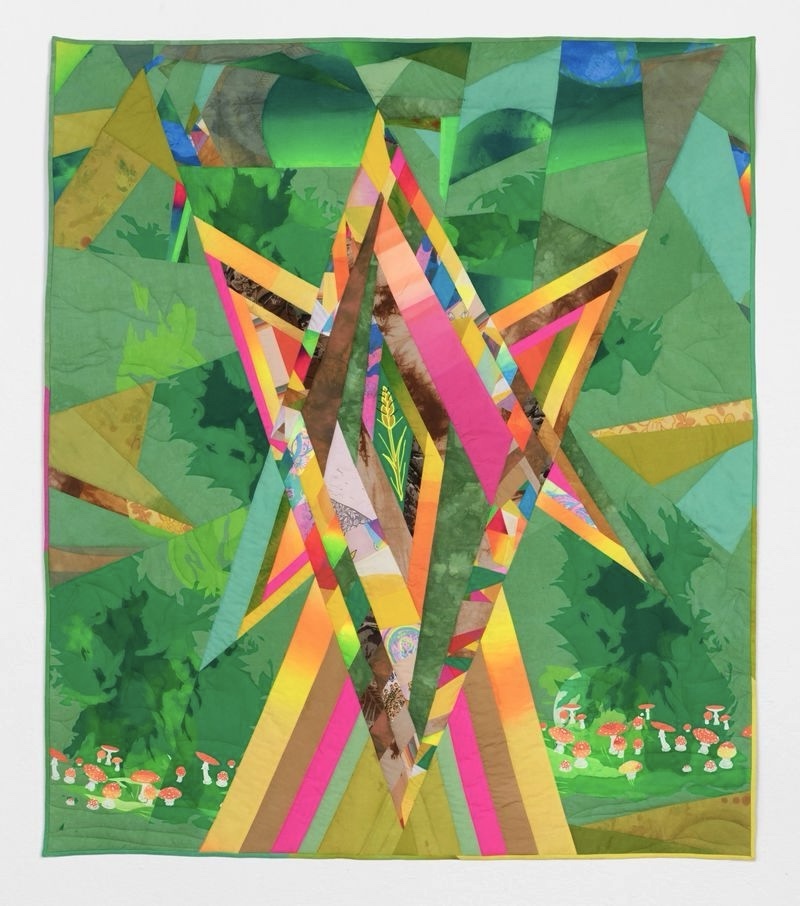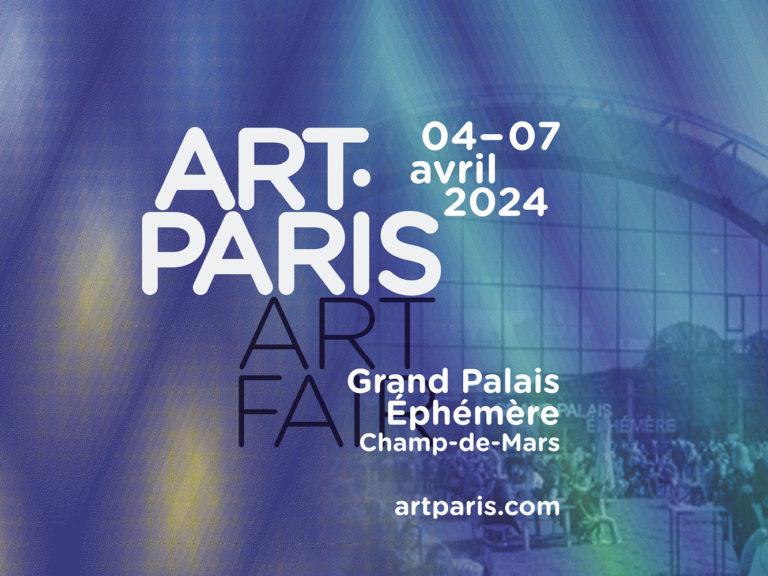Berlin Remake
2005 - Film & Video (Film & Video)
14 min
Amie Siegel
Berlin Remake ( 2005) combines extracts of East German films with images filmed by the artist in Berlin. While staying in Berlin, the artist found the locations where the official films were made and she juxtaposes the two in a synchronised double projection. Therefore on one screen there is Berlin between 1945 and 1989 and on the other Berlin in 2004. The contrast between the two is troubling, strange and uncanny (Freud would say unheimlich). History in both continuous and ruptured. It is as if the artist was remaking these films but without the actors, or the plot; in a way it is a meditation on absence as well as a demonstration of the changes in Berlin. She also uses an extract of the last film to be shot under the Communist regime. The scene occurs in a place that has been entirely reconstructed since. At the beginning, the film itself looks like a remake of an old East German film but during the projection it transpires more like a comparison rather than a reconstruction. The film is simultaneously a search for lost time and for recaptured time.
Amie Siegel works with the cinematic image—the precise production of filmic and still images—to produce artworks that address deeper social issues. She fakes and remakes, to purposefully tell lies as a vehicle to a greater truth. Through researching and implicitly critiquing the history of film, Seigel makes use of genre tropes, such as those found in science fiction, noir and the western. She also has a keen interest in politics, critical theory and a marked distrust of capitalism.
Colors:
Related works sharing similar palette

© » KADIST
Mathilde Rosier
2003Rosier’s body of films, gleam with that indeterminate in-between glow of twilight...

© » KADIST
Nalini Malani
2012Malani draws upon her personal experience of the violent legacy of colonialism and de-colonization in India in this personal narrative that was shown as a colossal six channel video installation at dOCUMENTA (13), but is here adapted to single channel...

© » KADIST
Mary Helena Clark
2017By testing the limits of identification with the camera’s point of view, Delphi Falls cycles through multiple subjectivities...

© » KADIST
Miguel and Natalia Fernández de Castro and Mendoza
2022The Absolute Restoration of All Things is a collaboration by artist Miguel Fernández de Castro and anthropologist Natalia Mendoza...

© » ARTSJOURNAL
Will 2023 Box Office Hit $9 Billion? Will 2023 Box Office Hit $9 Billion? × Dec 17, 2023 2:02pm PT With 8 Movies Left to Debut in December, Where Will the 2023 Box Office End Up? By Rebecca Rubin Plus Icon Rebecca Rubin Film and Media Reporter rebeccaarubin Latest With 8 Movies Left to Debut in December, Where Will the 2023 Box Office End Up? 21 hours ago Box Office: Timothée Chalamet’s ‘Wonka’ Surpasses $150 Million Globally 1 day ago Jonathan Majors’ Ex-Girlfriend Testifies on Injuries After Alleged Assault: ‘I Felt Like I Had Been Hit by a Bus’ 2 weeks ago See All ©Warner Bros/Courtesy Everett Collection Will the box office hit $9 billion in 2023? Analysts have predicted, or at least hoped, that’s where domestic grosses would wind up...

© » TWOCOATSOFPAINT
Colin Brant’s communion with the inconstant – Two Coats of Paint Colin Brant, Lake Louise / Poppies, oil on canvas, 50 x 60 inches Contributed by Natasha Sweeten / You might consider the title of Colin Brant’s quietly inspiring exhibition “Mountains Like Rivers,” currently on view at Platform Project Space, an invitation to a world flipped on its end: what’s inherently solid becomes liquid, what’s up is now down...

© » THEARTNEWSPER
Museum of the Home's displays will change to reflect changing times Art market Museums & heritage Exhibitions Books Podcasts Columns Technology Adventures with Van Gogh Search Search Museums & Heritage news Museum of the Home's displays will change to reflect changing times The 20th-century displays in the London institution’s Rooms Through Time galleries are being overhauled to reflect the diverse communities of Hoxton, the historic core of east London and one of the UK’s most gentrified areas Maev Kennedy 2 February 2024 Share An 1830 drawing room in the Museum of the Home’s Rooms Through Time galleries...

© » ARTS EQUATOR
OPEN CALL: Southeast Asian Arts Censorship Documentation | ArtsEquator Thinking and Talking about Arts and Culture in Southeast Asia Articles September 16, 2021 ArtsEquator invites applications for the position of Researcher for a regional arts censorship documentation and publication project it is piloting...

© » TWOCOATSOFPAINT
Out-of-town Selected Gallery Guide: Dec 2023 – Two Coats of Paint Front Room Gallery: Beth Dary , Notions , 2022, Red Glass head pins on steell hoop with fabric and beeswax, 3.5 inches diameter What’s up outside the city? At Jack Shainman The School in Kinderhook, take some time at the sprawling installation by Meleko Mokgosi, co-director of Graduate Studies in Painting/Printmaking at Yale...

© » KADIST
Jarrett Key
2020Jarrett Key’s practice combines several modes of production into a single frame, incorporating sculpture, painting, and performance...










